Orchids are one of the most elegant and enchanting flowering plants you can bring into your home or garden. With their exotic beauty, intricate blooms, and rich variety of colors and patterns, orchids have long symbolized luxury, love, and strength. Yet despite their stunning appearance, many people believe orchids are difficult to care for — but with the right knowledge and attention, growing orchids can be easier than you think.
In this detailed guide, we’ll explore how to take care of an orchid plant successfully, ensuring you enjoy healthy, vibrant blooms year after year. Whether you’re a beginner or a seasoned plant lover, these natural and practical tips will help you nurture your orchids the right way.
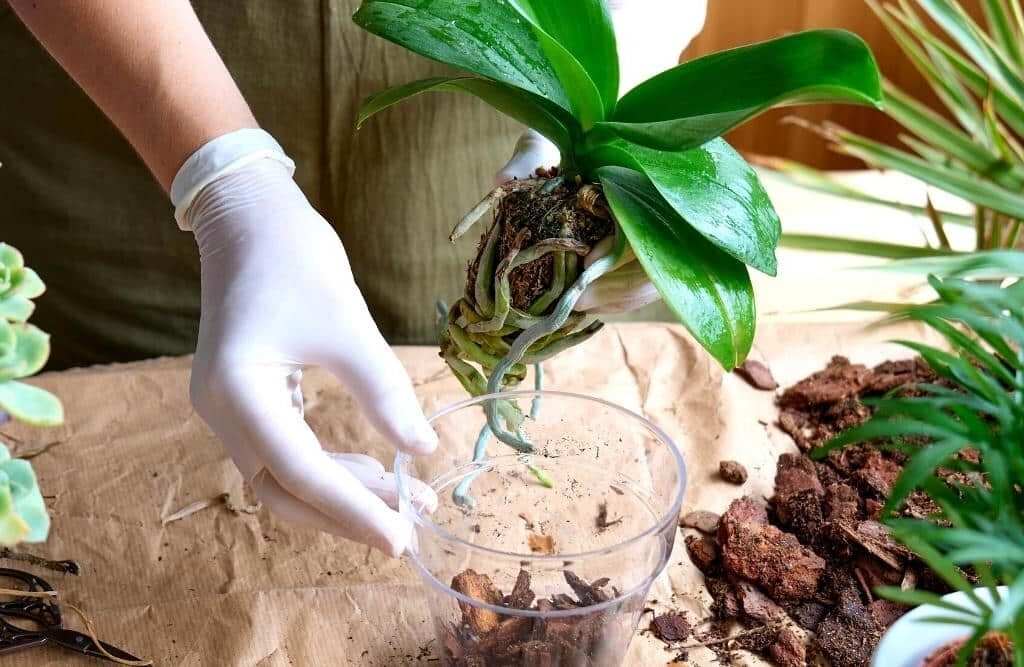
Why Choose an Orchid?
Before diving into care tips, let’s understand why orchids are so treasured among indoor plant enthusiasts:
- Stunning Appearance: Their intricate, exotic blooms can last for weeks or even months.
- Wide Variety: With over 25,000 species, there’s an orchid for every style and space.
- Air-Purifying Qualities: Like many houseplants, orchids help improve indoor air quality.
- Symbolic Meaning: Orchids are symbols of love, strength, beauty, and refinement.
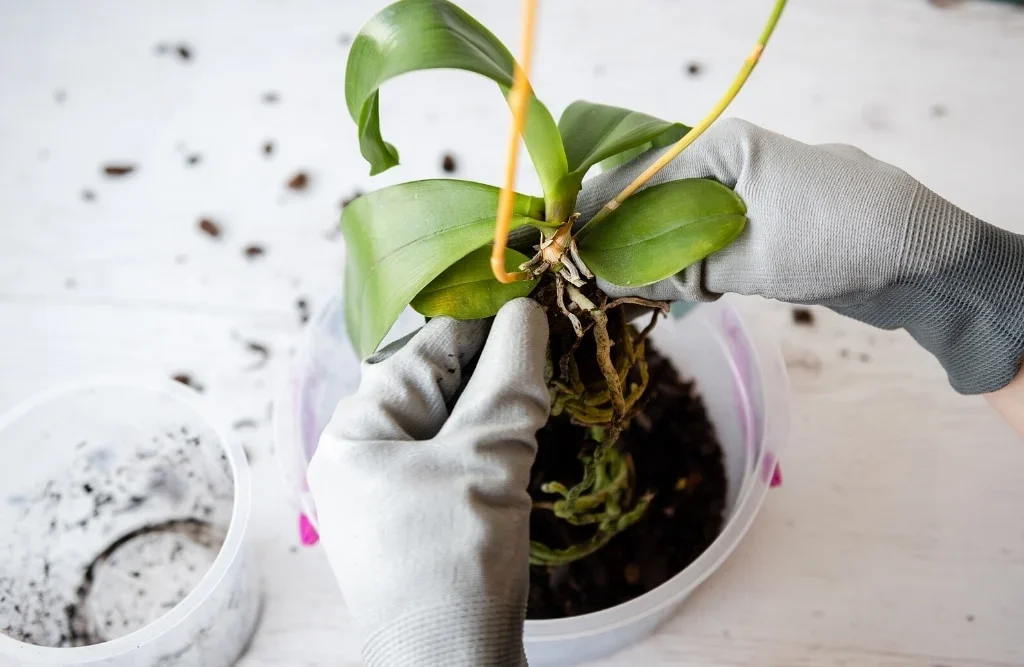
Understanding Orchid Basics
Orchids are epiphytes in their natural environment, meaning they often grow on other plants, like trees, absorbing moisture and nutrients from the air and rain. This is why traditional soil isn’t suitable for orchids — they need a special growing medium and unique care approach.
Popular orchid types for beginners include:
- Phalaenopsis (Moth Orchid): Easiest to care for and widely available.
- Cattleya: Known for large, fragrant flowers.
- Dendrobium: Hardy and versatile.
- Oncidium: Recognized for its profuse, dancing blooms.
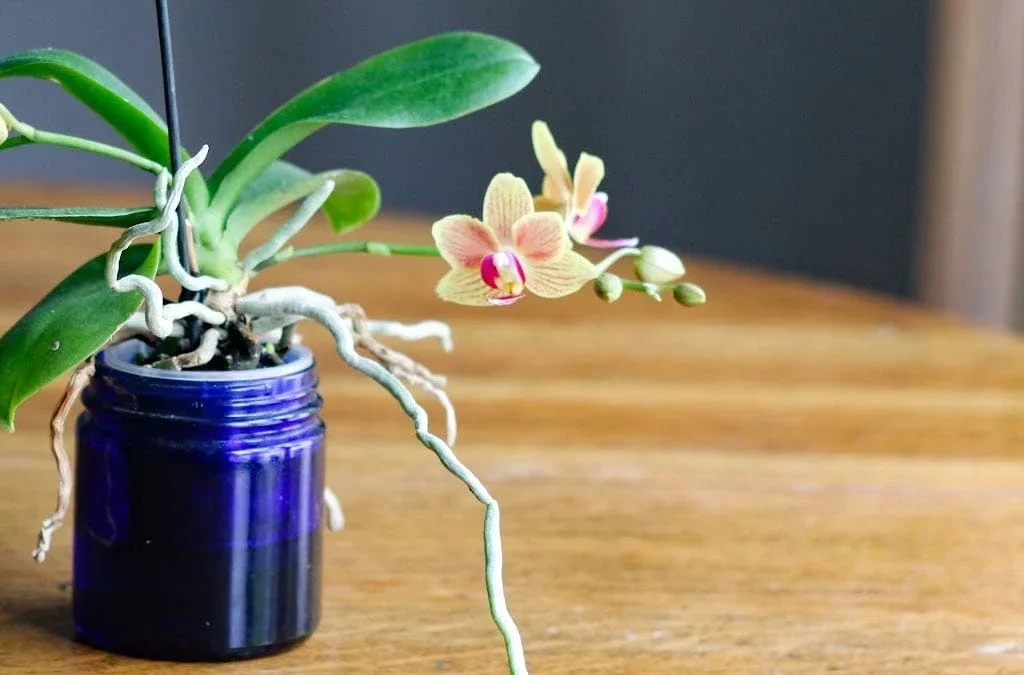
The Ideal Environment for Orchid Plants
Orchids require a balance of light, air, moisture, and warmth to thrive. Replicating their natural habitat is key to successful care.
1. Light Requirements
Orchids love bright, indirect sunlight. Too little light results in no blooms, while too much can scorch the leaves.
Tips:
- Place orchids near east or south-facing windows with filtered light.
- Use sheer curtains if direct sunlight is too intense.
- If growing indoors without enough natural light, consider using a grow light.
Sign of too little light: Dark green leaves
Sign of too much light: Yellowing or scorched leaves
2. Temperature and Humidity
Orchids thrive in moderate temperatures and prefer consistent humidity.
- Daytime: 65°F to 80°F (18°C to 27°C)
- Nighttime: 55°F to 65°F (13°C to 18°C)
- Humidity: 50% to 70%
Natural humidity tips:
- Place a tray of pebbles with water beneath the orchid pot (without the pot touching the water).
- Mist the plant lightly in the morning.
- Use a humidifier during dry months or in air-conditioned rooms.
3. Air Circulation
Good airflow is essential for preventing mold, rot, and pest issues.
How to improve air movement:
- Keep orchids in well-ventilated areas.
- Use a small oscillating fan on a gentle setting nearby.
- Avoid overcrowding plants.
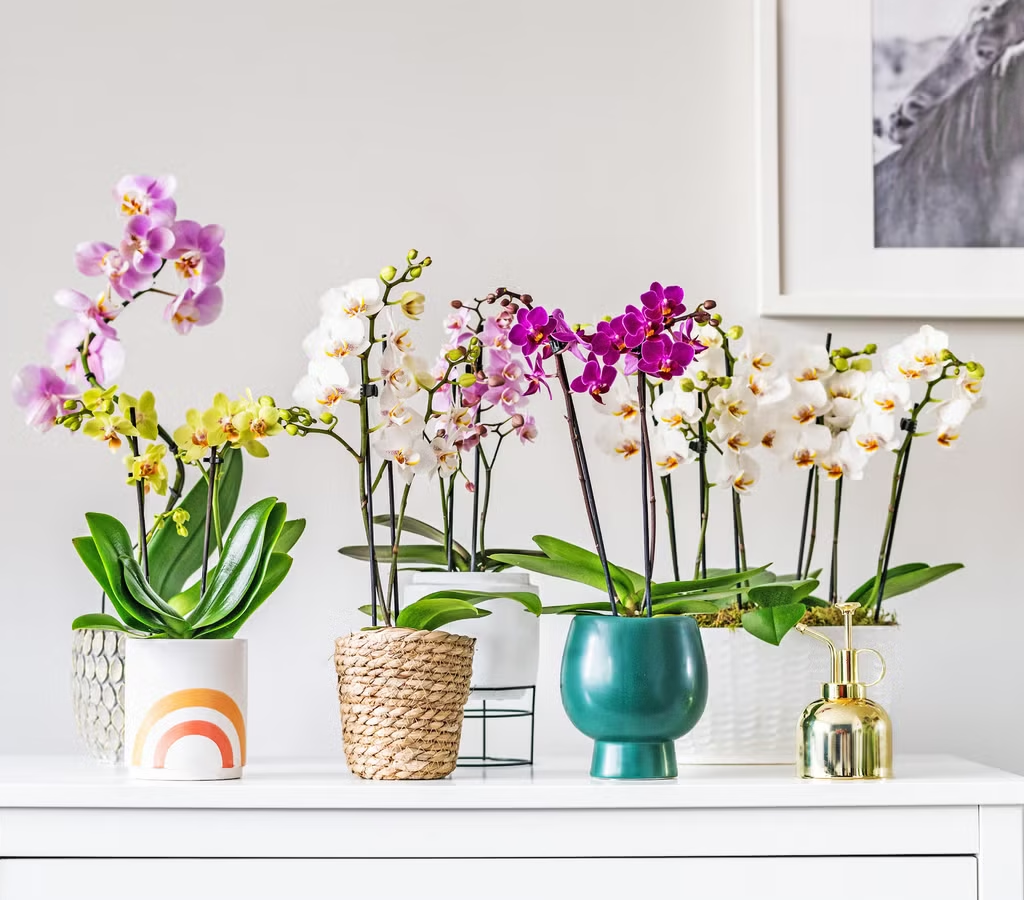
Orchid Potting and Soil Needs
Unlike regular plants, orchids require a special potting mix and proper drainage to mimic their natural growing conditions.
Best potting mixes include:
- Bark chips
- Coconut husk
- Sphagnum moss
- Perlite
- Charcoal
Pot selection tips:
- Use pots with multiple drainage holes.
- Transparent pots are ideal for beginners, allowing you to monitor root health and moisture levels.
Repot orchids every 1-2 years, preferably after flowering, to refresh the growing medium and prevent root rot.
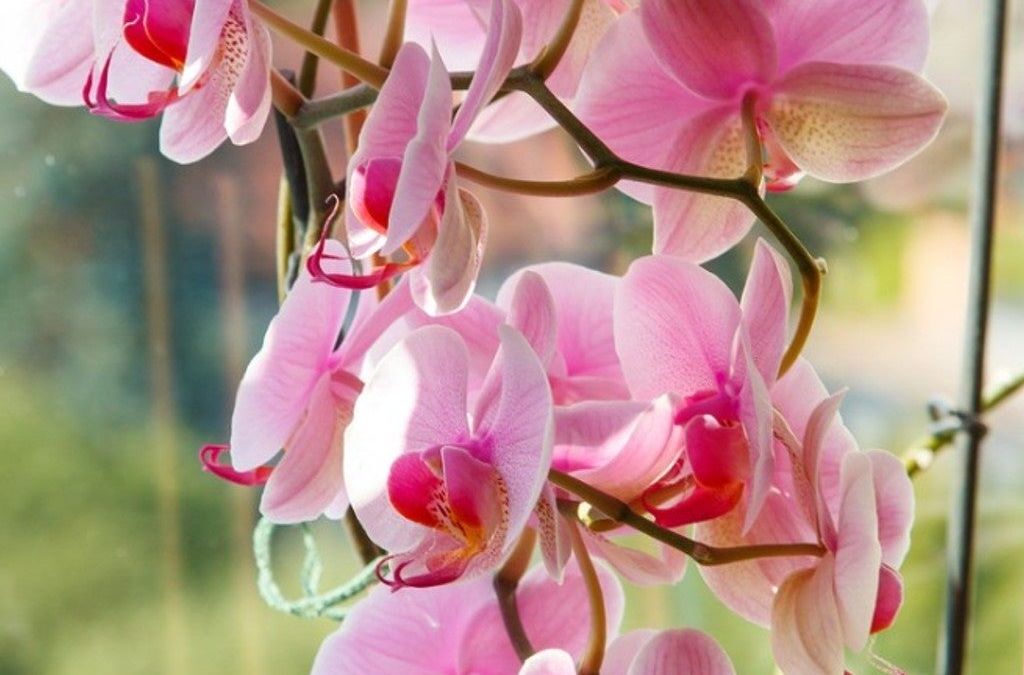
Watering Orchids the Right Way
Overwatering is the most common mistake made with orchids. These plants prefer to dry out slightly between waterings.
General watering guide:
- Water once a week in summer, and every 10-14 days in winter.
- Always check the medium’s moisture before watering — it should be dry an inch below the surface.
- Water in the morning to allow excess moisture to evaporate.
- Avoid letting water collect at the plant’s crown (the base where leaves emerge) to prevent rot.
Use rainwater, distilled, or filtered water whenever possible, as orchids are sensitive to chemicals in tap water.
Pro Tip: Place your orchid in the sink and let water run through the pot for a minute. Allow it to drain completely before placing it back.
Natural Feeding for Orchids
While orchids don’t require heavy feeding, a little natural nourishment can encourage healthier leaves and more vibrant blooms.
Natural fertilizer options:
- Diluted fish emulsion: Rich in nutrients and gentle on roots.
- Compost tea: Soak compost in water for a few days, then strain and use the liquid.
- Banana peel water: Soak banana peels in water overnight to create a potassium-rich, natural orchid booster.
Feeding schedule:
- Feed orchids lightly once a month during the growing season (spring and summer).
- Reduce or stop feeding in fall and winter.
Managing Orchid Pests and Diseases Naturally
Though generally resilient, orchids can occasionally face issues like scale, mealybugs, aphids, and fungal infections.
Natural pest control tips:
- Neem oil spray: Mix a few drops of neem oil with water and a dash of mild soap.
- Isopropyl alcohol: Dab pests with a cotton swab dipped in alcohol.
- Garlic water: Steep crushed garlic in water and use it as a spray to repel insects.
Preventive care:
- Keep leaves dry.
- Remove dead flowers and leaves promptly.
- Ensure good air circulation.
Encouraging Re-Blooming
Many orchid owners are disappointed when blooms fall off and don’t return. Here’s how to encourage your orchid to flower again:
- After blooms fall, cut the spike just above the node (small bump) if it’s green, or at the base if it’s brown.
- Provide a temperature difference between day and night (about 10°F/5°C) to stimulate flowering.
- Ensure adequate bright, indirect light.
- Resume gentle feeding in the growing season.
Most orchids naturally bloom once a year, typically lasting for 6-10 weeks.
Common Orchid Problems and Solutions
| Problem | Cause | Solution |
|---|---|---|
| Yellowing leaves | Overwatering, too much sun | Adjust watering, move to indirect light |
| Mushy roots | Poor drainage, overwatering | Repot in fresh, well-draining mix |
| No blooms | Low light, improper feeding | Move to a brighter location, feed monthly |
| Wrinkled leaves | Underwatering, dry air | Increase humidity, water thoroughly |
Final Thoughts
Caring for an orchid plant successfully may seem like an art, but it’s truly about understanding the plant’s natural needs. By replicating the light, humidity, airflow, and feeding habits of its native environment, you can keep your orchids healthy and beautiful for years to come.
With a little practice and patience, even beginner gardeners can master the art of orchid care and be rewarded with some of nature’s most breathtaking blooms. So don’t be intimidated by their exotic reputation — with the right natural care, your orchids will thrive, bloom, and fill your home with elegance.






Leave A Comment